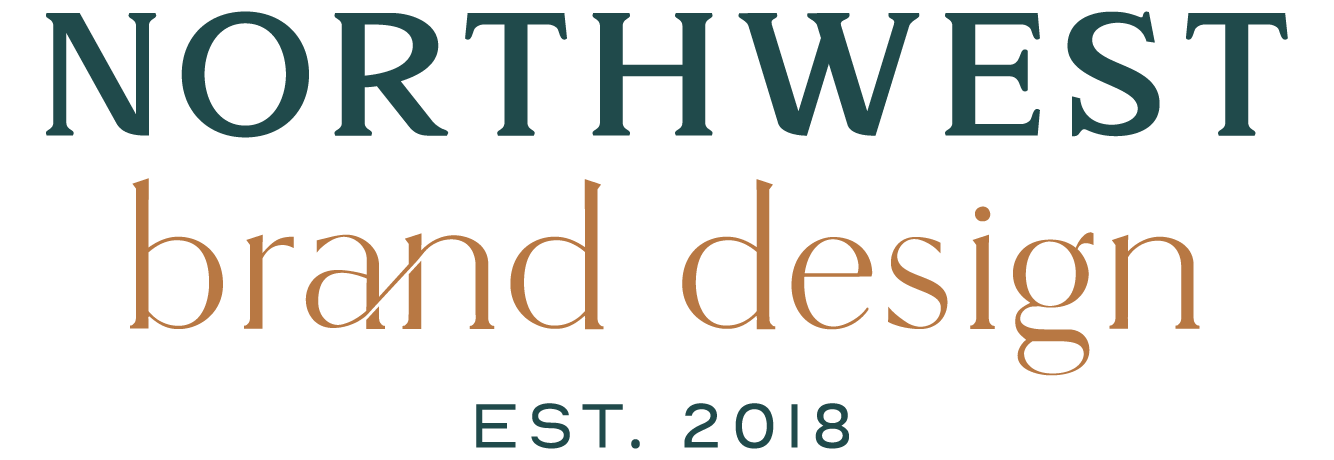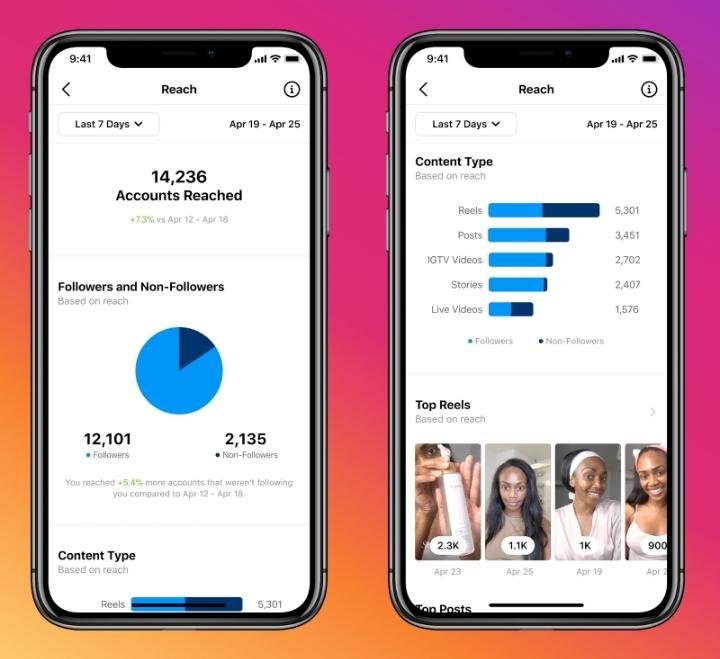Creating Consistent Brand Messaging Across Different Marketing Channels
Consistent brand messaging is crucial for building trust and recognition among your audience. When a brand consistently delivers the same message across all platforms, it reinforces its brand identity and values, making it easier for customers to recognize and trust the brand. This reliability not only attracts new customers but also fosters loyalty among existing ones. A coherent brand message assures customers of the brand's integrity and dedication, which is essential for long-term success.
In this post we will dive into strategies and practical tips for maintaining brand consistency. We will explore the importance of defining a brand voice and tone, creating comprehensive brand guidelines, and ensuring alignment across all marketing channels. By following these strategies, you can enhance your brand’s credibility and foster a strong, trustworthy relationship with your audience.
Understanding Your Brand Message
At the core of a brand message strategy is the communication of a brand's identity, values, and purpose, conveyed through words, imagery, and actions. It is what a brand tells its audience about who it is, what it stands for, and why it exists.
The core components of a brand message include:
Values: These are the principles and beliefs that drive a brand's actions and decisions. They reflect what the brand stands for and guide its behavior both internally and externally.
Mission: This is a concise statement that defines the brand's purpose and primary objectives. It outlines what the brand aims to achieve and the impact it intends to have on its audience and the world.
Vision: This is an aspirational description of what the brand hopes to become or achieve in the long term. It provides direction and inspiration, guiding the brand's strategic planning and growth.
A clear and well-defined brand message is vital for several reasons. It creates a strong, recognizable brand identity that sets the brand apart from competitors. It ensures consistency in communication, making it easier for the audience to understand and relate to the brand. A cohesive brand message also builds trust and credibility, as it shows that the brand is committed to its values and mission. Ultimately, a well-crafted brand message helps in establishing a deep connection with the audience, fostering loyalty and long-term relationships.
Developing a Brand Style Guide
A brand style guide is a comprehensive document that outlines the standards and guidelines for how a brand should be presented across all media. It serves as a reference tool to ensure consistency in the brand’s visual and verbal communication, helping to maintain a cohesive identity. This marketing consistency is essential for building and sustaining brand recognition, trust, and loyalty among customers.
A well-crafted brand style guide includes several key elements:
Logo Usage: Guidelines for the proper use of the brand’s logo, including specifications on size, spacing, placement, and acceptable variations. It also details what not to do with the logo to prevent misuse that could dilute the brand identity.
Color Palette: A defined set of colors that represent the brand. This section specifies primary and secondary colors, along with their exact color codes (e.g., HEX, RGB, CMYK) to ensure uniformity across all digital and print materials.
Typography: A selection of fonts that align with the brand’s image. The guide should include primary and secondary typefaces, as well as guidelines for font sizes, weights, and styles for different types of content (headlines, body text, captions, etc.).
Tone of Voice: Directions on how the brand communicates verbally. This includes the brand message strategy, or style and personality of the writing, key phrases, and the overall tone (e.g., friendly, professional, authoritative). This helps in creating consistent messaging across all written employee and customer communications.
Elements of a Comprehensive Brand Style Guide:
✓ Logo Usage: Specifications, variations, dos and don’ts.
✓ Color Palette: Primary and secondary colors with exact codes.
✓ Typography: Primary and secondary fonts, sizes, and styles.
✓ Tone of Voice: Style, personality, key phrases, tone.
✓ Imagery Style: Guidelines for photo and illustration usage.
✓ Graphic Elements: Icons, patterns, and other graphical assets.
✓ Templates: Examples of branded materials (business cards, letterheads, social media posts).
✓ Brand Mission and Values: A statement of the brand’s core principles and objectives.
✓ Usage Examples: Practical examples showing correct and incorrect applications of the brand elements.
By following these guidelines, a brand can ensure that all its communications are aligned, professional, and instantly recognizable, helping to strengthen its identity and presence in the market.
Adapting Brand Messaging for Different Channels
Adapting brand messaging for various marketing channels while maintaining tone and visual consistency involves tailoring the core brand message to fit the unique context and audience of each platform.
Here’s how to achieve this across different channels:
Social Media
On social media platforms like Facebook, Instagram, and LinkedIn, it’s crucial to tailor your messaging to the platform’s format and audience while maintaining your brand voice. Use consistent and unified visual content such as logos, color schemes, and fonts. On Facebook and Instagram, blend professional and casual tones to engage users through stories, posts, and comments. For LinkedIn, maintain a more professional tone, focusing on industry insights and business-related content. Regardless of the platform, ensure your posts align with your brand’s values and mission, creating a cohesive experience across all social media channels.
Email Marketing
Email marketing requires a consistent yet personalized approach to maintain your brand voice. Craft subject lines and email content that reflect your brand’s tone, whether it’s friendly, professional, or authoritative. Use branded templates that include your logo, color palette, and typography to create visual consistency. Personalize emails with the recipient’s name and relevant information to enhance engagement while ensuring the core message remains aligned with your brand’s mission. Regularly review and update email content to keep it relevant and in line with your overall brand strategy, ensuring every campaign reinforces your brand identity. Another good practice is to measure brand message metrics—which can be done by reviewing which messages get the most engagement and clicks.
Website and Blog
Consistency across web pages and blog posts is vital for maintaining a cohesive brand presence online. Use a unified design template that includes your brand’s logo, colors, and fonts. Ensure that the tone of voice in your website copy and blog posts aligns with your brand’s personality. Develop a content strategy that reinforces your brand’s values and mission, and apply it to all pages and articles. Regularly update and audit web content to maintain alignment with your brand message. This ensures that visitors have a consistent experience, whether they’re reading a blog post or browsing your product pages.
Creating Unified Visual Content
Unified visual content is essential for creating a recognizable and trustworthy brand.
Visual consistency across images, graphics, and videos ensures that your audience can easily identify your brand, regardless of the channel. Consistent visuals reinforce your brand identity, making it more memorable and enhancing the overall customer experience. They also build trust by presenting a professional and cohesive image, which is crucial for establishing credibility.
Tips for Creating and Using Branded Templates
Social Media Posts:
Design Templates: Develop templates that include your brand’s logo, color palette, and typography. Tools like Canva or Adobe programs can help create these templates.
Content Structure: Maintain a consistent layout for text, images, and logos. Ensure every post aligns with your brand’s style and tone.
Scheduling: Use social media management tools like Hootsuite or Buffer to plan and review posts, ensuring visual consistency.
Emails:
Email Templates: Use email marketing platforms like Squarespace, Mailchimp or Constant Contact to design templates that reflect your brand’s visual identity.
Consistent Elements: Include your logo, brand colors, and fonts in the email header and footer. Maintain a uniform structure for different types of emails (newsletters, promotions, updates).
Visual Hierarchy: Organize content with clear headings, subheadings, and visuals that align with your brand’s look and feel.
Website Graphics:
Web Design Templates: Utilize consistent layouts for headers, footers, and page elements. Tools like WordPress or Squarespace offer customizable themes to maintain visual uniformity.
Imagery and Icons: Use a consistent style for photos, illustrations, and icons. Ensure all visuals align with your brand guidelines.
Regular Audits: Periodically review your website to ensure all graphics and visuals remain consistent with your brand’s identity.
By implementing these tips, you can create a visually cohesive brand presence that resonates with your audience and strengthens your overall brand identity.
Implementing Consistent Customer Communication
Maintaining consistent messaging in customer service interactions is crucial for reinforcing your brand’s identity and ensuring a seamless customer experience. Whether communicating via chat, phone, or email, consistency helps build trust, reduce misunderstandings, and enhance customer satisfaction.
Unified Brand Voice:
Develop a clear and defined brand voice that reflects your company's values and mission. Ensure this voice is used consistently across chat, phone, and email interactions.
Use templates and scripts as starting points, allowing for personalization while maintaining a consistent tone.
Comprehensive Training:
Provide thorough training for all customer service representatives. Ensure they understand the brand's voice, values, and the importance of consistent messaging.
Regularly update training materials and sessions to reflect any changes in brand messaging or new products/services.
Standardized Responses:
Create a library of standardized responses for common inquiries. This helps ensure that all customer interactions are handled in a similar manner.
Allow flexibility for personalization while keeping the core message and tone consistent.
Cross-Channel Consistency:
Ensure that messaging is consistent across all customer service channels. What is communicated via email should align with phone and chat responses.
Use CRM systems to keep track of customer interactions across channels, providing a seamless experience.
Importance of Training and Guidelines for Customer-Facing Teams
Training and guidelines are crucial for maintaining consistent customer communication. Well-trained customer service representatives are better equipped to embody the brand’s voice and values, providing a cohesive experience for customers. Guidelines ensure that every interaction reflects the brand’s identity, building trust and reliability. Consistent messaging helps in reducing misunderstandings, improving customer satisfaction, and fostering loyalty. Regular training keeps the team updated on any changes in messaging, ensuring they always represent the brand accurately.
Best Practices for Consistent Customer Communication
✓ Unified Brand Voice
✓ Comprehensive Training
✓ Standardized Responses
✓ Cross-Channel Consistency
✓ Personalization
✓ Regular Audits
✓ Feedback Mechanism
✓ Clear Guidelines
✓ Empowerment
✓ Consistency in Updates
By following these strategies and best practices, you can ensure that your customer service interactions are consistent, reinforcing your brand’s identity and building strong, loyal customer relationships.
Measuring and Adjusting Your Brand Messaging
Measuring and adjusting your brand messaging is essential to ensure it resonates with your audience and achieves desired outcomes. Utilizing the right tools and metrics helps track the effectiveness of your brand messaging across various channels.
Tools and Metrics
Social Media Analytics: Tools like Hootsuite, Sprout Social, and native analytics on platforms (e.g., Facebook Insights, Twitter Analytics) provide data on engagement, reach, and sentiment. Monitor likes, shares, comments, and follower growth to gauge how well your messaging connects with your audience.
Website Analytics: Google Analytics tracks metrics such as page views, bounce rates, and time on site. Assess which pages and content types are most popular and align with your brand message.
Email Marketing Metrics: Platforms like Squarespace, Mailchimp and Constant Contact offer insights into open rates, click-through rates, and conversion rates. Evaluate these metrics to understand how well your email messaging performs.
Customer Feedback Tools: Use surveys (e.g., SurveyMonkey), reviews, and direct feedback tools to gather qualitative insights into customer perceptions of your brand messaging.
Tips for Gathering Feedback and Making Adjustments
Regular Surveys and Polls: Conduct periodic surveys to gather customer opinions on your brand message. Include questions about clarity, relevance, and emotional impact.
Social Listening: Use tools like Brandwatch or Mention to monitor conversations about your brand across social media and online forums. Pay attention to recurring themes and sentiments.
A/B Testing: Experiment with different messaging versions across channels to see which performs better. Use the brand message metrics results to refine your approach.
Employee Feedback: Regularly collect input from customer-facing employees, as they directly interact with customers and can provide valuable insights into the effectiveness of your messaging.
By consistently measuring brand consistency and gathering feedback, you can make informed adjustments to your brand messaging, ensuring it remains relevant, engaging, and aligned with your audience's needs and expectations.
https://adespresso.com/blog/instagram-analytics-tools/
Case Studies of Successful Brand Messaging
Apple
Apple is renowned for its compelling and consistent brand messaging. The company’s messaging strategy focuses on simplicity, innovation, and premium quality. Apple's marketing campaigns emphasize these core values through cross-channel branding campaigns. Their "Think Different" campaign is a prime example, celebrating creativity and innovation while reinforcing their brand identity. Key strategies include minimalist design, a focus on customer experience, and a consistent tone of voice that emphasizes sophistication and innovation.
Lesson Learned: Maintain a clear and focused message that highlights your unique value proposition.
Coca-Cola
Coca-Cola’s brand messaging centers around happiness, community, and sharing. Their "Share a Coke" campaign personalized bottles with names, creating a sense of connection and community. Coca-Cola uses emotional storytelling and vibrant, consistent visual elements to engage audiences. They maintain a cheerful and inclusive tone, reinforcing their brand promise of joy and togetherness.
Lesson Learned: Utilize emotional storytelling and create campaigns that foster personal connections with your audience.
Nike
Nike’s "Just Do It" slogan is a cornerstone of their brand messaging, promoting empowerment and motivation. Nike’s messaging consistently features stories of athletes overcoming challenges, aligning with their values of perseverance and excellence. Their campaigns use bold visuals and an inspiring tone that resonates across all platforms, from social media to commercials.
Lesson Learned: Develop a powerful, inspirational message that aligns with your brand values and consistently communicate it across all channels.
Key Takeaways
Clarity and Focus: Like Apple, keep your messaging simple and focused on core values.
Emotional Connection: Coca-Cola’s success shows the power of emotional storytelling and personal engagement.
Inspiration and Alignment: Nike demonstrates the importance of an inspirational message that aligns with your brand’s mission and values.
These brands exemplify how consistent, well-crafted messaging can create a strong, enduring connection with audiences and customer communication, driving brand loyalty and recognition.
Consistent brand messaging is essential for building trust, recognition, and loyalty among your audience. By defining your brand message, developing a comprehensive brand style guide, and ensuring marketing consistency across all channels, you can create a strong, cohesive brand identity. We encourage you to apply the strategies discussed to enhance your brand’s presence. If you need personalized branding solutions, we're here to help.
Check out our free brand personality worksheet, or schedule a free consultation today to take the next step in solidifying your brand’s identity and impact.




